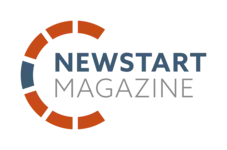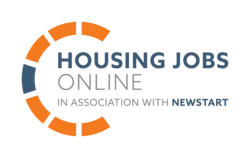Engineers are currently developing a way to recycle wind-turbine parts in order to contribute to a more circular economy by stopping waste from going to landfill.
The lifecycle of a wind turbine is estimated to be around 20 years, at which point parts of the turbine can wear out and become unusable, researchers at the University of Strathclyde and Renewable Parts Ltd (RPL) are working together to reduce waste in the wind industry.
RPL was awarded a £9,500 grant from the Energy Technology Partnership to evaluate which turbine parts to focus on for further work.
The University’s Electronic and Electrical Engineering department has also been analysing data to identify the likely components that can then be sold back to wind farm operators after refurbishment.
The researchers have said that recycling the wind turbines could provide savings of up to 40% and is also an environmentally friendly alternative to buying new.
Engineers have used root cause analysis to identify why parts fail and are currently in the process of developing refurbishment solutions that can reduce future failure rates.
The researchers have said that they hope this might also allow for better predictability of when parts might fail, which will enable customers to plan more effectively.
Dr. Fiona Sillars, knowledge and exchange manager from the AMRL said: ‘This project will drive change within the wind industry by providing new refurbishment solutions that will benefit the circular economy in Scotland.’
‘The components that approach the end of their operational life or have failed will be refurbished, rather than being disposed of to landfill and replaced with brand new ones.’
James Barry, chief executive of RPL said: ‘Material that is often scrapped and enters landfill, can with investment, re-enter the supply chain as refurbished parts, reducing waste and cost.’
‘We have invested heavily in refurbishment technology to return increased levels of component parts to service.’
‘However, it is crucial that this technology is applied to developing supply chains in the UK, with the many thousands of turbines located here.’
‘The industry is obviously based on a green energy source, but the by-produce of used parts to produce that power needs to be greener.’
‘There is a lot of scrap that comes off the turbines which ultimately finds its way to landfill in some form or another.’
Photo Credit – Pixabay















